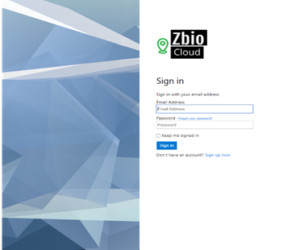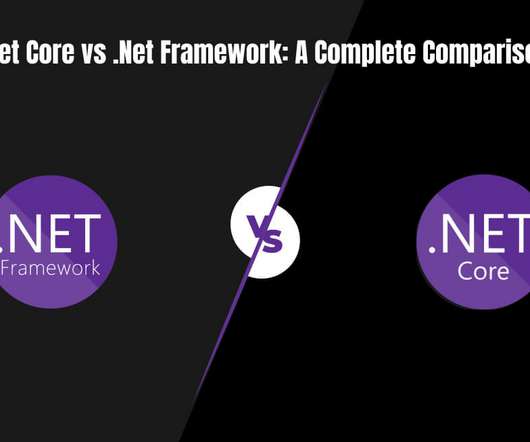Implement Multi-Tenancy In Azure B2C
Perficient
APRIL 21, 2023
Overview In a previous article about Azure B2C , we discussed the basics of Azure B2C and why you may want to consider using it for your software or application. Multi Tenant Architecture Step 1: Setup the Azure B2C Directory The first step to implement your multi-tenant application is to setup an Azure B2C Directory.















Let's personalize your content